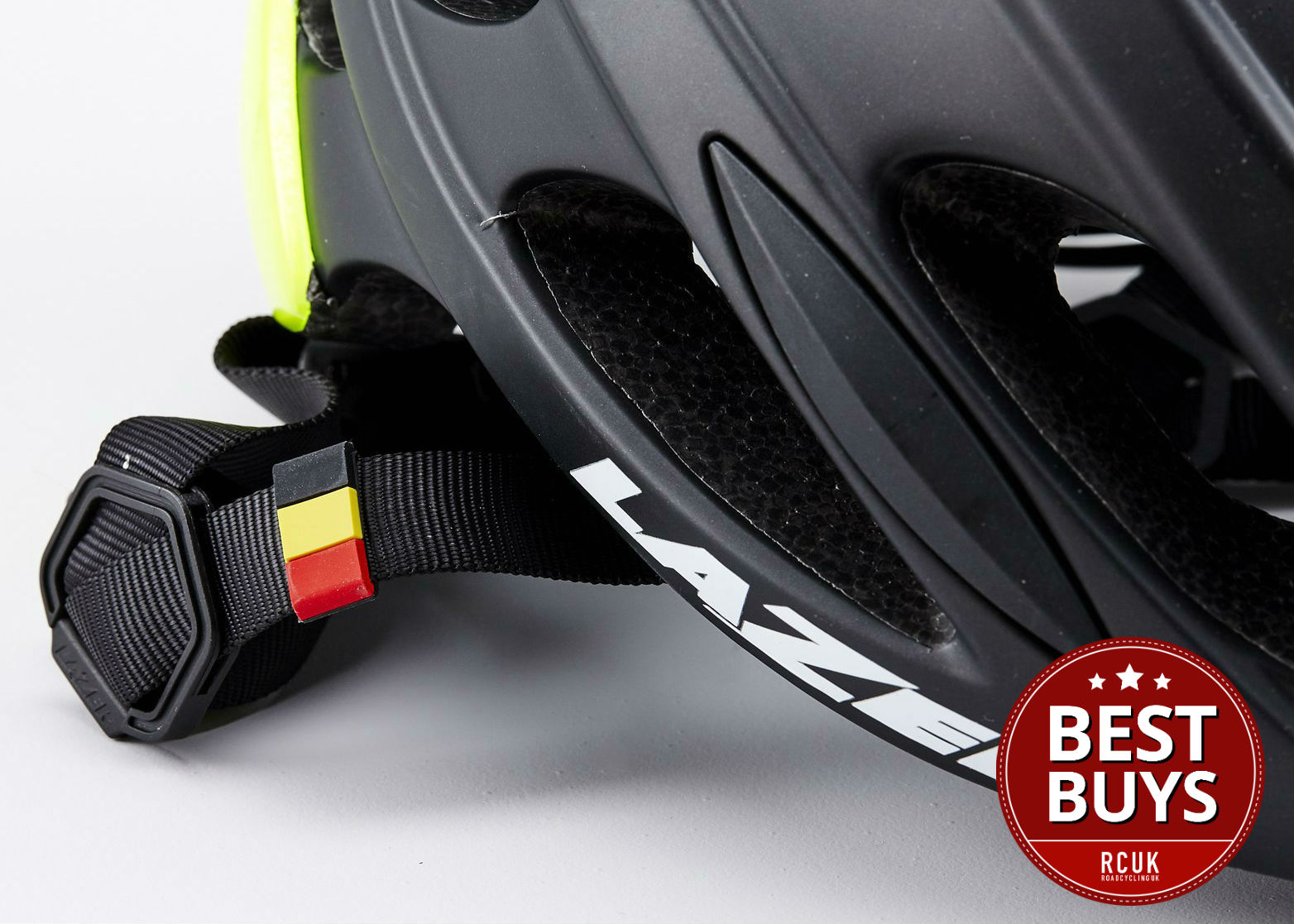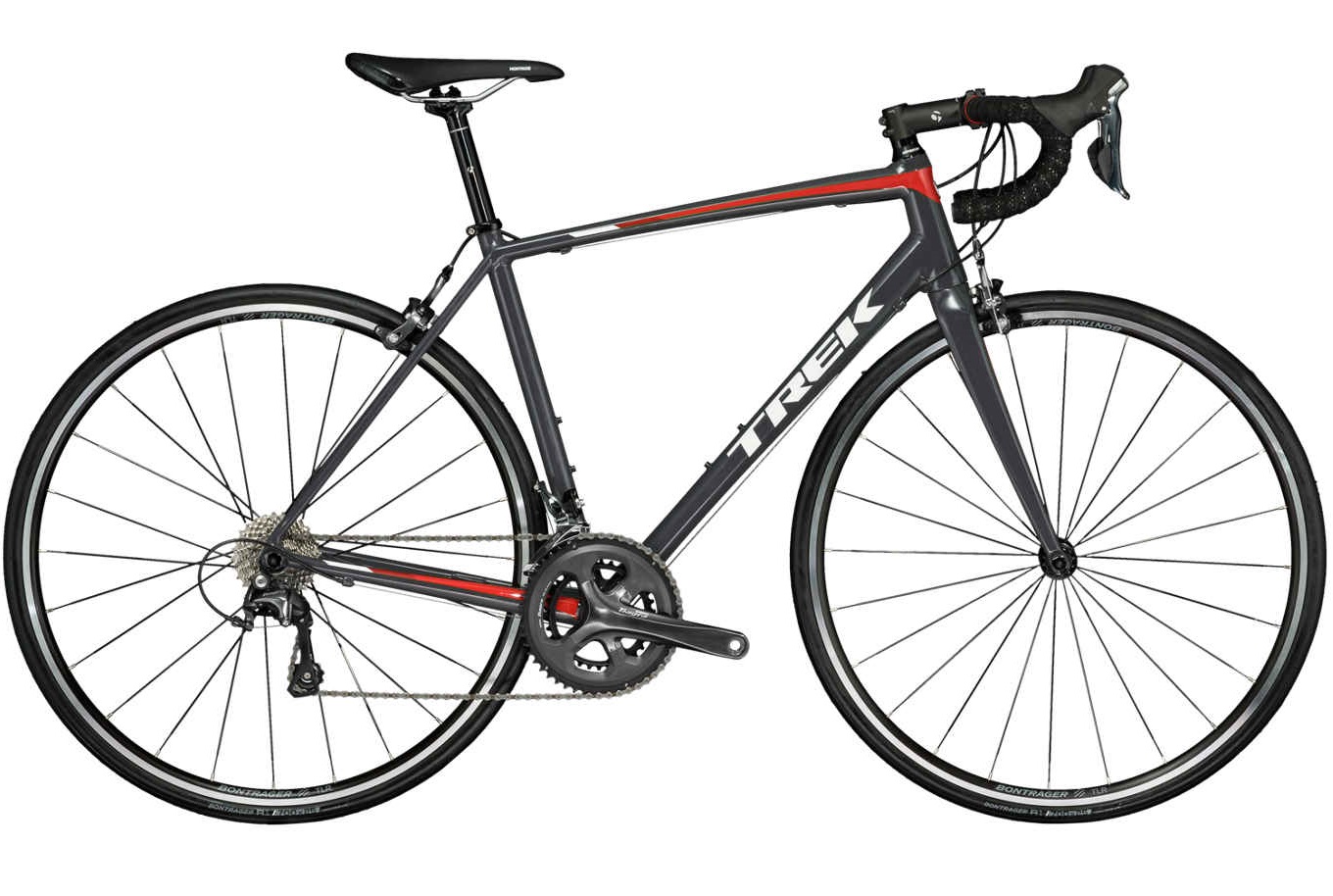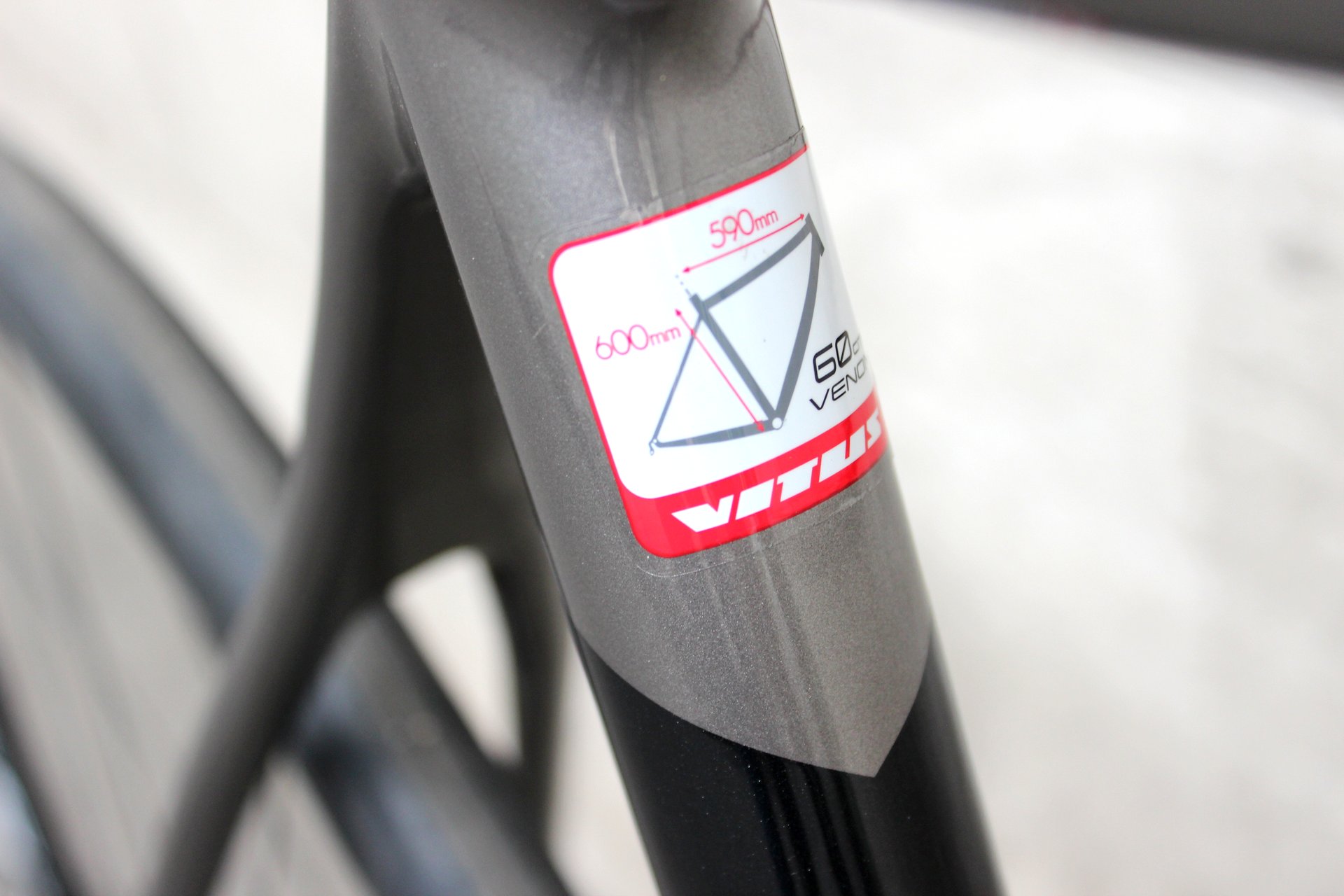GPS computer
-

Carbon wheels with an aluminium frame? You bet!
-
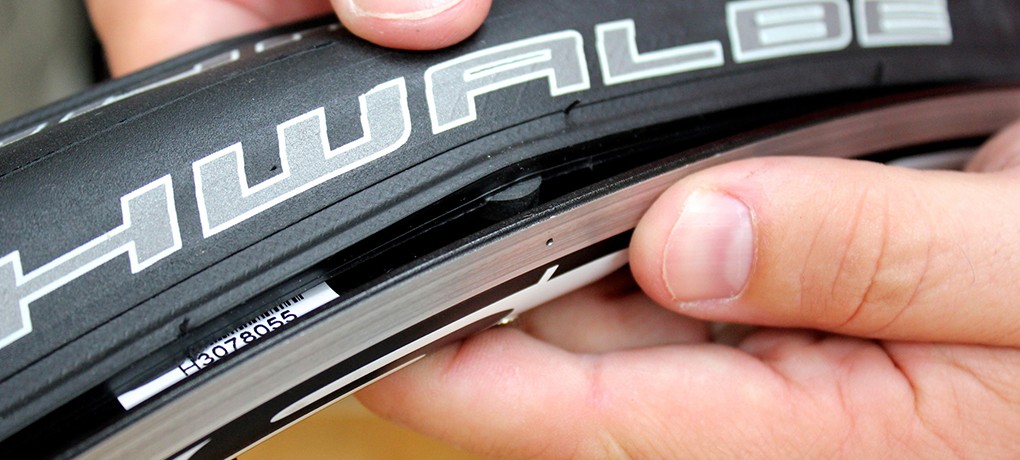
We've picked out six of the best all-round tyres for summer riding
-
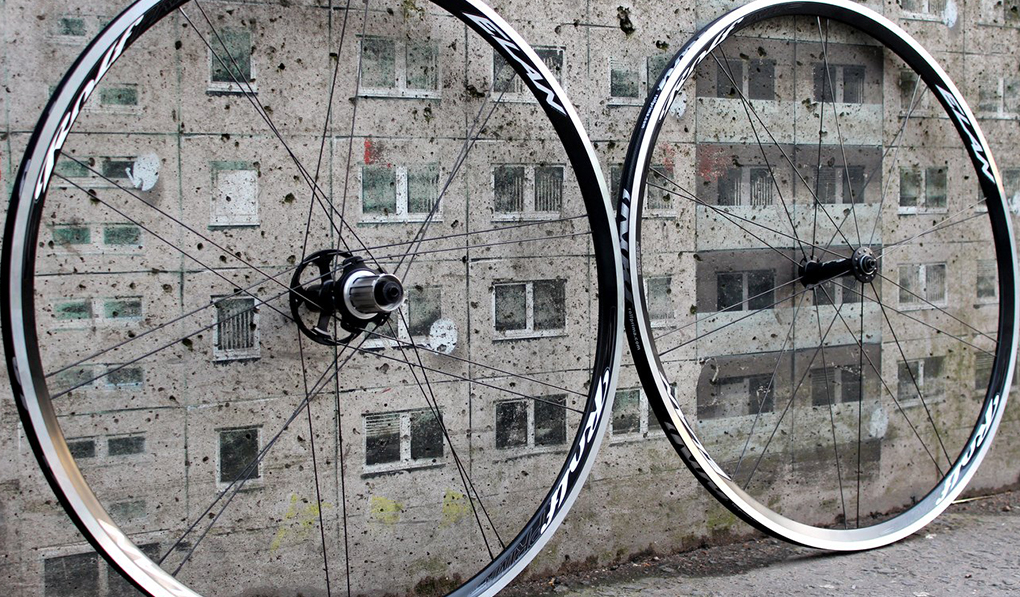
Wheels are often top of a rider's list of upgrades
-
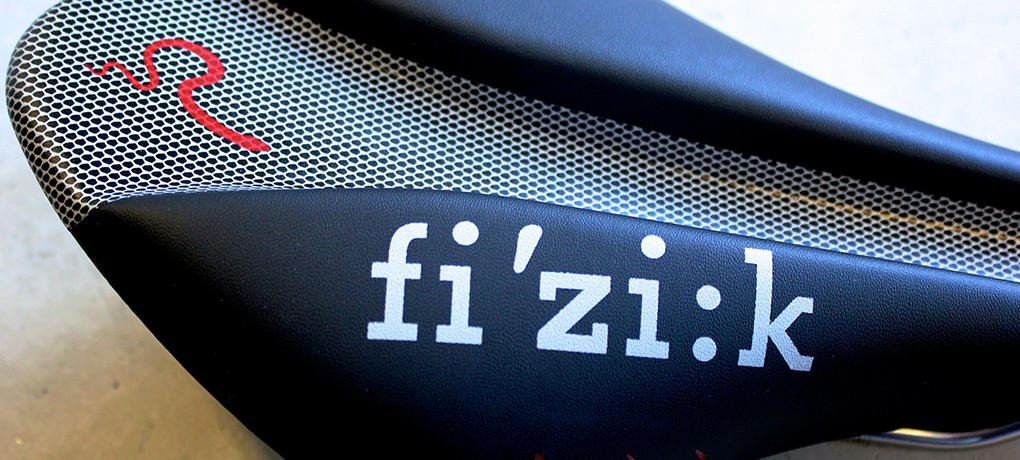
Are you sitting comfortably?
-
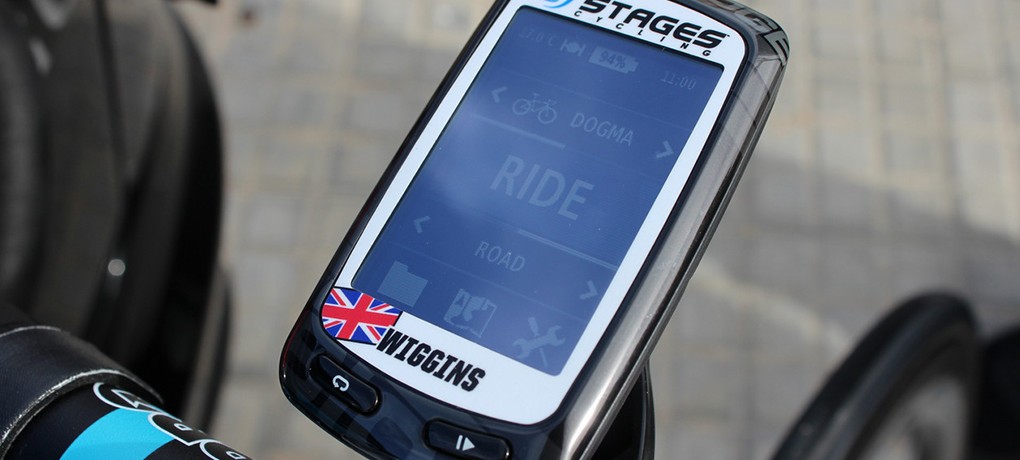
If it's good enough for Wiggo...
-

Just ride...
GPS computer
Cycling is a simple sport at heart but, with the advent of GPS, power meters and heart rate monitors, riders have become obsessed with data, whether that’s for training or an ego boost.
That’s no bad thing, though. A GPS computer opens up a wealth of data and brings it all to your handlebar. That can pay dividends with your day-to-day training and most riders who purchase a GPS computer rarely go out without it. Garmin remain the market leaders and the American firm’s range starts at with the Edge 200 (reviewed here), which offers basic data, and rises to the new, all-singing Edge 1000.
You can indulge in as much or as little data as you want, from average speed to power intervals, but having those numbers at your fingertips can be hugely motivating, whether that’s pushing harder over the last few miles of a ride to nudge your average speed up, or attacking a Strava segment.
GPS units have replaced old-fashioned computers for good reason. A GPS computer tracks its data wirelessly so there’s no fiddling with wires and magnets, and the computer can be moved from bike-to-bike in a flash. A dedicated, purpose-built GPS computer also beats a smart phone hands down, with improved battery life, and a dedicated screen and interface, just two reasons why we prefer to leave a phone in our jersey pocket.
Using more complex data, like heart rate and power on an ANT+ enabled computer can advance your training, providing specific zones to work on endurance, threshold, sprinting and anything in between, and can help you pace a ride, whether that’s a time trial or a major sportive. More advanced – and expensive – GPS computers will offer full turn-by-turn navigation so you can plot a route and head out onto the open road without having to worry about where your going.


